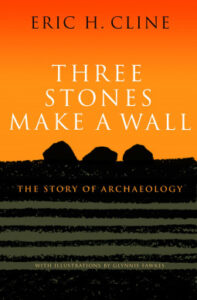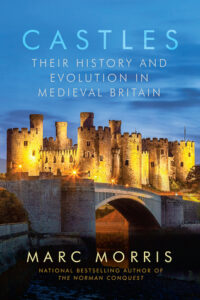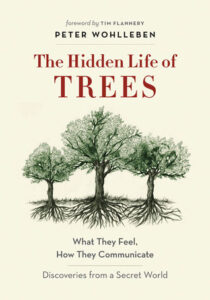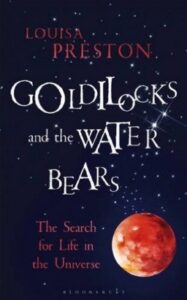 Imagining Head-Smashed-In, Jack W. Brink
Imagining Head-Smashed-In, Jack W. Brink
I picked this up after visiting the Head-Smashed-In interpretive centre; I rather thought it would be interesting to read about the First Nations people of Canada, considering my parents-in-law live there and I’ve visited a few times, and it’s a definite gap in my knowledge. Brink might not be Blackfoot himself, but he’s worked with Blackfoot people, he’s worked on the site for a long time, and he’s received praise from several First Nations people for this book.
It’s obvious that he respects everything that went into a buffalo jump. He’s careful to note that they didn’t always work, that they weren’t always done for the same purposes, etc, etc, but where he can he discusses the generalities from the seasonal differences in buffalo and the nutrition they offer, and the understanding the people had of their prey. Brink does a great job of showing how specialised their methods were and how refined the whole process was, and respecting the knowledge and skill they put into it and into modifying their landscape to make it work.
Sometimes, the information is a bit too exhaustive — I know more than I’d like about the fat deposits in bison now, honestly. But it makes sense as a thorough examination of the subject, and I think it’s mostly pretty interesting. I especially appreciated the part about the development of the interpretive centre, though; Brink acknowledges where and why that didn’t go as well as it could, and acknowledges mistakes that are on his shoulders. It’s also pretty fascinating to read about the development of a place you’ve actually been to! It’s probably a three-star book in terms of personal interest and enjoyment, but for scholarship it deserves higher.









